How to grow dahlias from seeds?

Dahlias are very beautiful flowers. A huge bush and luxurious bouquets of various shapes and colors will not leave anyone indifferent. But caring for perennial dahlias is quite difficult: every autumn you need to dig up large tubers, process them from diseases, store them somewhere, make sure that they do not freeze and dry out. Plant again in the spring, and they bloom towards the end of summer, not for long.
There is an easier and easier way to decorate your flower garden - to plant annual dahlias. If you choose the right varieties for flowering periods, they will decorate the flower bed from June until frost. Moreover, they can be easily grown from seeds.
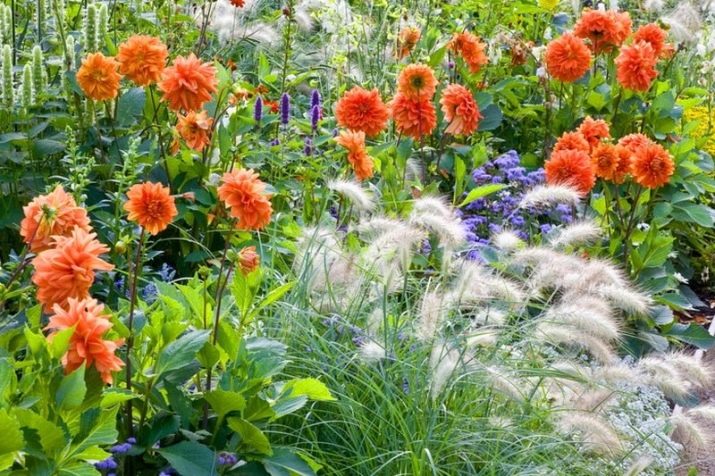
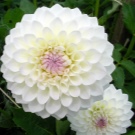
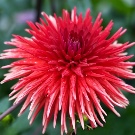
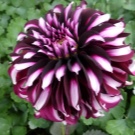
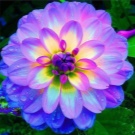
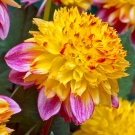
How to choose seeds?
To avoid disappointment in the future, the choice of seeds must be approached responsibly. The varieties differ in several ways.
- Flowering time: early, middle, late.
- Plant height: undersized curbs, tall, there are also giants. One feature should be taken into account: the higher the dahlia bush grows, the later it will bloom. So for early flowering, it is better to pick up low varieties.
- Flower shape: pompom, collar, terry, cactus, flat.
- Coloration... There are a wide variety of colors. In stores, you can often see bags of dahlia seeds marked "mix". It is a mixture of varieties that are the same height, but differ in the shape and color of the buds. On flower beds, such plantings look spectacular and very decorate the garden plot.
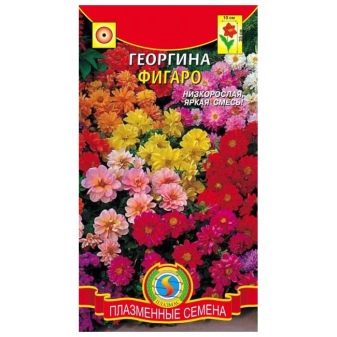
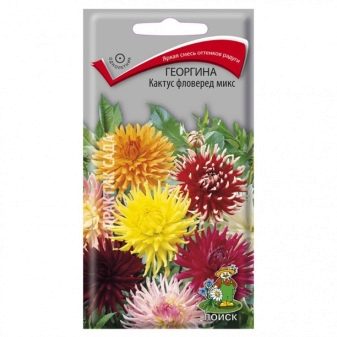
If desired, you can try to grow annual dahlias as perennials. To do this, in the fall, at the end of flowering, the aboveground part of the plants is cut off at a height of 10-15 centimeters from the soil surface. The formed small tubers are dug up and stored. In the spring they are planted in holes (after the threat of frost). But with this method, the flowering intensity will be less.
Basically, the only difference between perennial and annual dahlias lies in the cultivation technology (seeds or tubers). They belong to the same family.
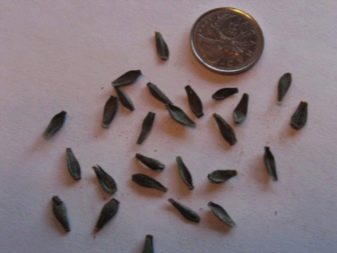
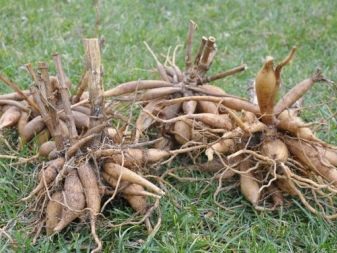
When to plant seedlings?
Sowing for seedlings is carried out depending on the climate of the area and the characteristics of a particular season. But there is no need to rush, since the plants are characterized by rapid growth, and planting too early can adversely affect the appearance of the growing bushes: they are strongly stretched, and as a result, they lose their decorative effect.
Sown houses in the middle or in the second half of April, dahlias will bloom in early July, and possibly in June.
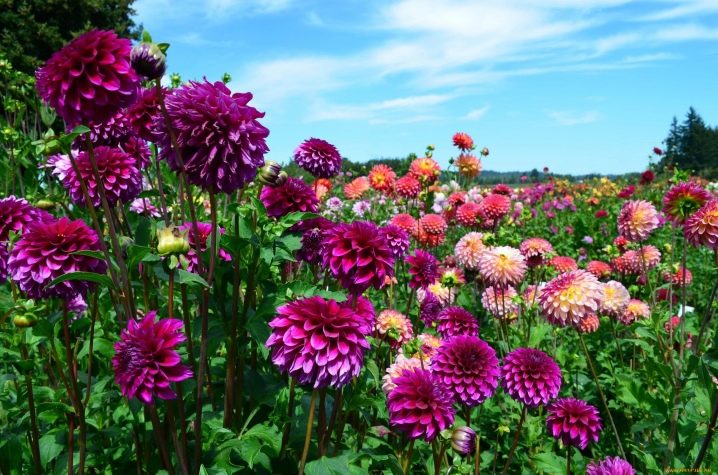
Sowing
Dahlias are unpretentious plants. Seedlings can be easily grown on a windowsill. The main the stages of work are approximately as follows.
- Choosing a container for planting - transparent plastic containers with a lid or any dish of sufficient height and volume will do. Wash it before use. Drainage holes are made in the bottom.
- Then prepare the potting mix - it is better to take lightweight, breathable. You can mix ordinary soil from the garden with clean sand, perlite, vermiculite. The soil must be disinfected: calcined in the oven or spilled with a solution of potassium permanganate or fungicide.
- The planting material is also disinfected: soaked for 15-20 minutes in hydrogen peroxide, it is possible in biofungicide (according to the instructions on the package). Then spread on paper and dry slightly.
- A layer of sand, expanded clay (for drainage), then earth is poured onto the bottom of the tank. Slightly compacted, moistened with a spray bottle.
- They make small depressions in the soil, at a distance of 4-5 centimeters from each other. Spread out the seeds and sprinkle them with a thin layer of soil. Press and water a little again. From above, the container must be covered with a transparent lid or foil, and placed in a well-lit, warm place. Seedlings appear very quickly.
In the southern regions, you can sow dahlias directly on the flower beds. If there is a threat of frost, the plantings are covered.

Basic care
As soon as the seedlings in the container have risen, the film is removed from them. To grow healthy and strong bushes, you need to provide them with good care from the first days: proper watering, without stagnant water, as well as a thermal regime.
The optimum temperature for plant development is within 23-25 degrees. If the daylight hours are less than twelve hours, a backlight is required. For this purpose, you can take phytolamps. But ordinary desktop ones will do as well.
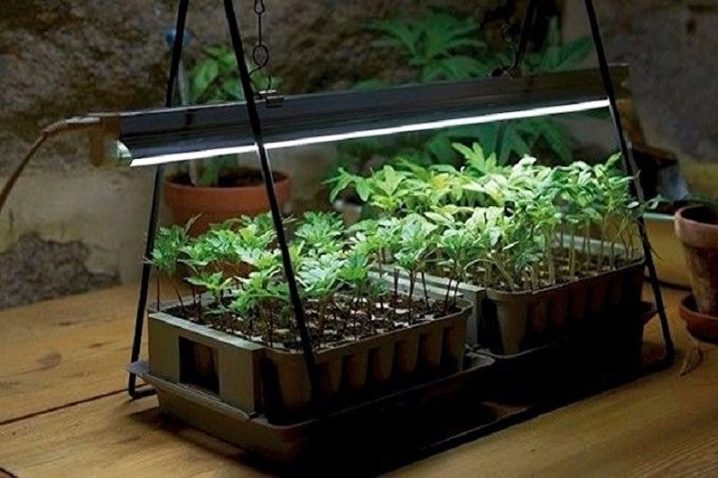
After the appearance of two true leaves, the seedlings are dived into separate dishes - disposable glasses or plastic cassettes.
The procedure is usual:
- first water the plantings abundantly;
- pour drainage and substrate into pots, make small depressions;
- then carefully take each seedling with a fork, spoon, spatula (the more convenient);
- transfer them to containers, slightly compact;
- water the plants (quite a bit);
- add earth to the cups if necessary.
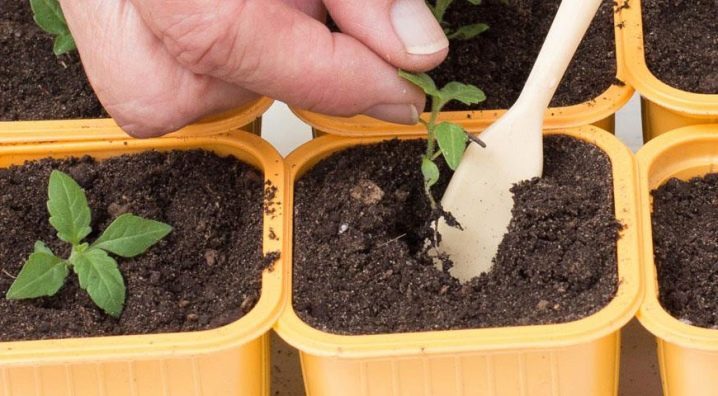
In the first days after the pick, young dahlias need to be shaded from direct sunlight. Subsequent care consists in timely, not very frequent watering and, if necessary, additional lighting. Another important point: to make the bushes more lush and bloom profusely, they are pinched over the fourth or fifth leaf.
Home-grown seedlings are hardened before planting, accustomed to changes in temperature and wind, and taken out to an open balcony, loggia or veranda. At first, briefly, by one or two hours, gradually increasing the time spent on the street. When weather permits, leave it on all day, bringing home only overnight. They are planted after the return cold has passed.
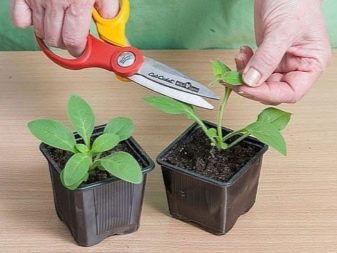

Plants, immediately sown to a permanent place, naturally do not need to be hardened. If they have sprung up too densely, you can thin out and transplant some part to another flower bed.
Consider detailed instructions for disembarkation and further care.
- It is better to choose a place for landing that is sunny, protected from the winds. In the fall, you need to dig up the ground, add well-rotted compost and ash.
- In the spring, re-loosen, level.
- After the onset of stable warm weather, the hardened seedlings are planted in a prepared flower garden. Bushes of low-growing species are located at a distance of 35-40, and high ones - 70 centimeters from each other.
- Dig holes - their depth depends on the height of the plants.
- A teaspoon of potassium-phosphorus fertilizer is added to the pits, mixed with the soil. Phosphorus and potassium contribute to an increase in the number of buds, increase decorativeness.
- Before removing the plants from the containers, they are watered abundantly. Dahlias do not tolerate transplanting very well, so you need to try to injure the roots as little as possible.
- The seedlings are carefully placed in the holes and gradually sprinkled with earth. Slightly compacted.
- Then the plantings are watered and mulched with suitable materials (for example, chopped dry grass, sawdust). Mulch will protect the soil from drying out quickly, prevent weeds from growing, and also serve as additional nutrition.
- If the varieties are tall, you need to prepare the pegs for the garter in advance.
- It is not watered too often, depending on the weather. Plants usually get enough precipitation. On hot days, spray with warm water.
- Weeding is carried out as needed. Loosening - after rain or watering.
- During the swelling of the buds, the plants can be fed with fertilizer containing phosphorus or potassium, taking half the dose.Never use nitrogen fertilizer. Nitrogen provokes the growth of green mass to the detriment of flowering. But in general, it is better not to overuse mineral supplements.
- Withered inflorescences are removed, as a result, the plants do not waste energy on ripening the seeds, but form new buds. In addition, the appearance of the flower bed is improved.
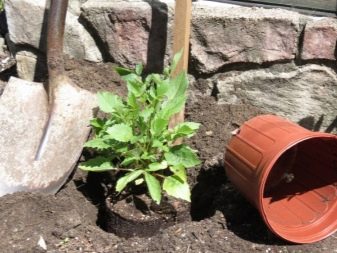
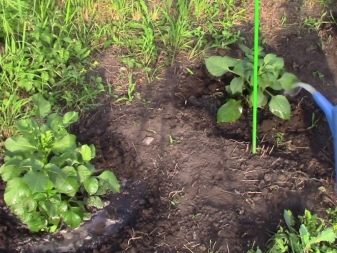
Diseases and pests
Dahlias are quite hardy and unpretentious, they get sick mainly from improper care. The main thing to remember is that this culture absolutely does not tolerate waterlogging of the soil and thickened plantings.
The most common diseases: various rot and spots that affect the leaves, as well as fusarium - root rot. They appear due to the lack of air circulation between the bushes and excessive watering. Like any disease, they are easier to prevent than to cure. Therefore, you need to regularly inspect the plantings and immediately remove the damaged leaves. In case of severe damage, the diseased plant is removed completely.
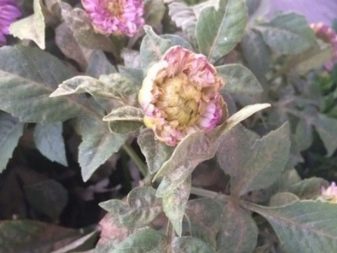
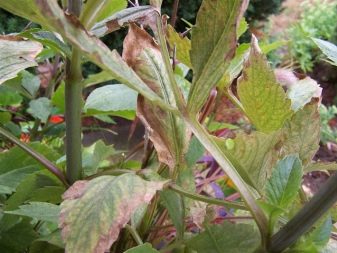
As a preventive measure, they are treated with non-toxic biological products (such as "Fitosporin", "Fundazol"), according to the instructions on the package. It is imperative to observe crop rotation and not plant dahlias in the same place every year, and also avoid planting them after asters.
Aphids, slugs, various caterpillars can appear from pests on dahlias. In this case, the recommendations are the same as for diseases: as often as possible, examine the plants and collect "uninvited guests" or treat the bushes with an insecticide solution with soap.
If time is lost and the damage is strong, such bushes must be pulled out immediately and removed.
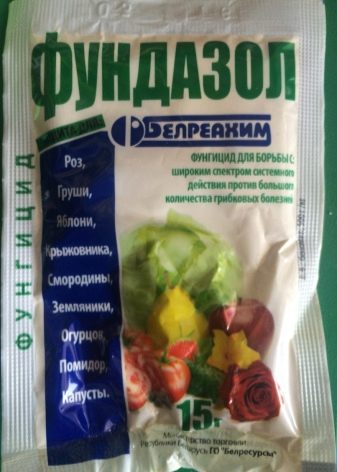

Growing dahlias from seeds and caring for them is a snap. With proper planting and adherence to agricultural technology, the plants are healthy, and the gardener can only rejoice at their beauty.
You will learn more about how to grow dahlias from seeds in the following video.

































































































The comment was sent successfully.